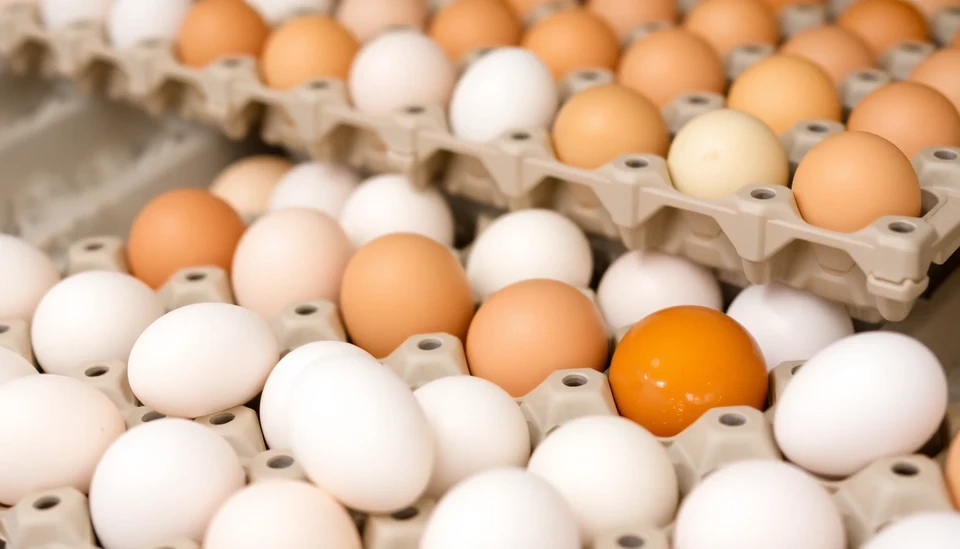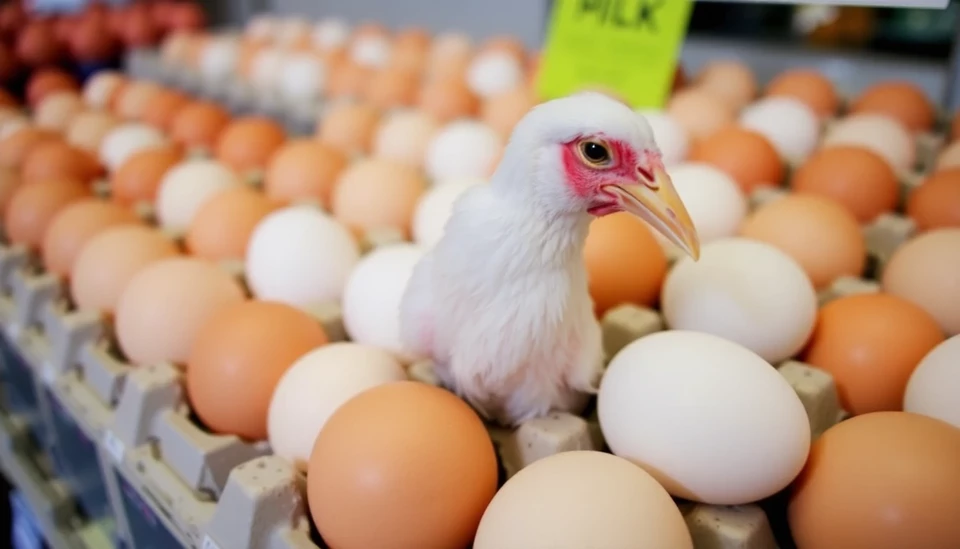
In a notable shift in the U.S. poultry market, egg prices have finally exhibited signs of stabilization, effectively putting a stop to a staggering 56-day streak of relentless increases. This recent plateau marks a significant change amid ongoing fluctuations in the agricultural sector, where various factors such as supply chain disruptions and avian influenza have heavily impacted costs and availability.
The latest reports indicate that prices of eggs have maintained a steady level after a rapid ascent that had consumers feeling the pinch at the grocery store. The movement away from the upward trajectory in pricing is welcomed by many households across the nation who have experienced firsthand the burden of soaring food costs, particularly for staple items like eggs.
Analysts note that this plateau in egg prices could signal a potential return to more normalized conditions in the market. The highs seen in recent months were largely attributed to a combination of adverse weather, lingering supply chain issues, and outbreaks of avian influenza that significantly impacted egg-laying hens across many farms. With the situation seemingly under control, producers are hopeful that costs will begin to stabilize further, potentially leading to lower prices for end consumers in the near future.
Despite the recent stagnation in price increases, the overall prices remain elevated compared to historical averages. This means that while the latest reports are positive, consumers should still prepare for higher than usual prices as the industry navigates the recovery process. Market experts suggest that monitoring these trends closely will be essential as we move forward, particularly as the agricultural landscape continues to face challenges from climate impacts and disease management.
With the stabilization in egg prices, grocery store patrons may find some relief in their shopping carts. However, economic experts emphasize the importance of understanding the complex interplay of factors that influence food prices on a national scale. As consumers keep an eye on price trends, it is imperative to recognize that eggs are just one piece of a larger puzzle that includes various agricultural commodities affected by both market and environmental conditions.
In conclusion, the recent shift indicates that while egg prices have stopped their ascent, the overall economic landscape for food items remains volatile. As consumers, producers, and market watchers alike glance ahead, they will be eager to see if this signifies the beginning of a more stable phase for egg pricing in the U.S. grocery market.
#EggPrices #USMarket #FoodCost #AvianInfluenza #GroceryShopping #AgriculturalTrends
Author: Daniel Foster




